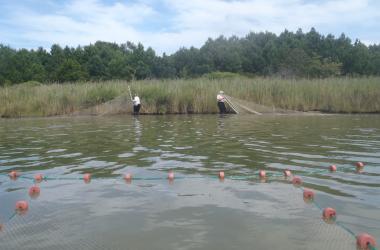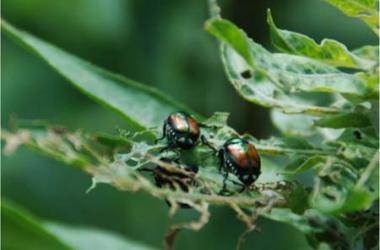As consumers, humans depend on a healthy food web to survive as much as every other organism. What happens to many of its links impacts the livestock, seafood, and produce that appear on our tables. But the hidden dynamics of the food web can also impact other resources we rely on, such as the forests that provide timber and protect our homes.
Just as a healthy lifestyle requires a balanced diet, a healthy ecosystem requires a balanced food web. Every member of the food web has a critical part to play, from top-level consumers and photosynthetic producers to scavengers and decomposers.
SERC researchers investigate what it takes to maintain that balance, and what can disrupt it. The arrival of a major new predator, such as the invasive blue catfish in the Chesapeake Bay, can crowd out native predators and put increased pressure on the creatures below them. By the same token, the disappearance of predators can lead to an explosion of herbivores like deer—which can drastically alter or hinder the growth of plants. Environmental factors like climate and pollution can also shape the food web by altering critical habitats or introducing mercury into our seafood. Ultimately, the key to ensuring an ecosystem continues to sustain us often boils down to understanding the unseen interactions between the eaters and the eaten.






